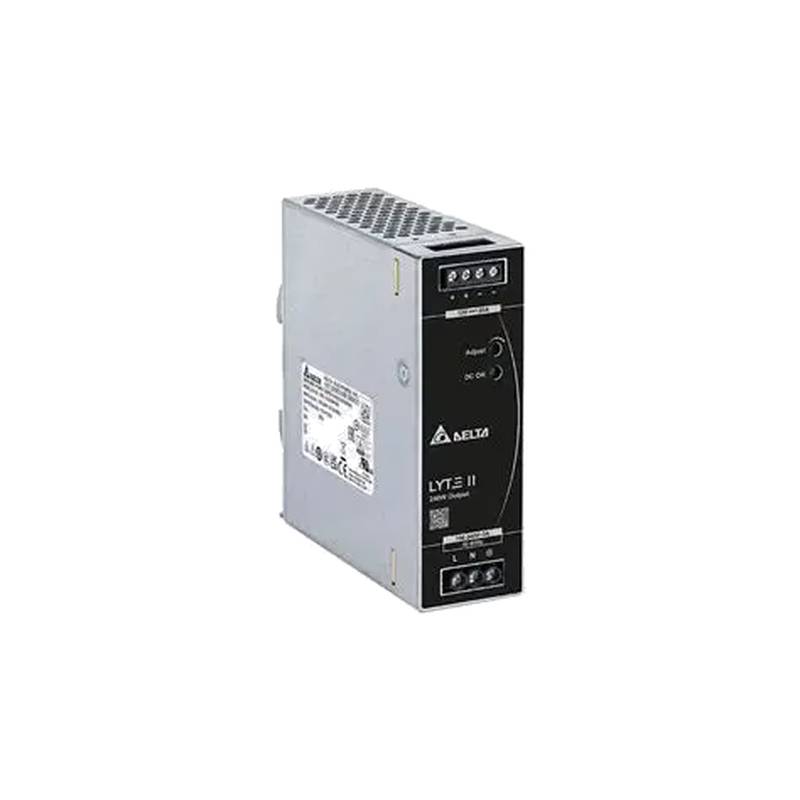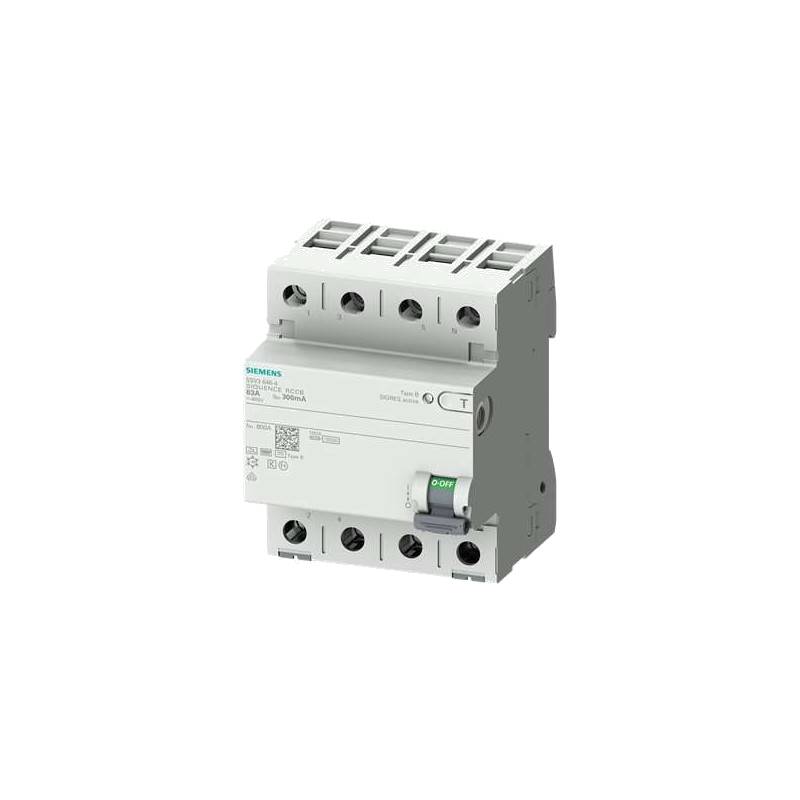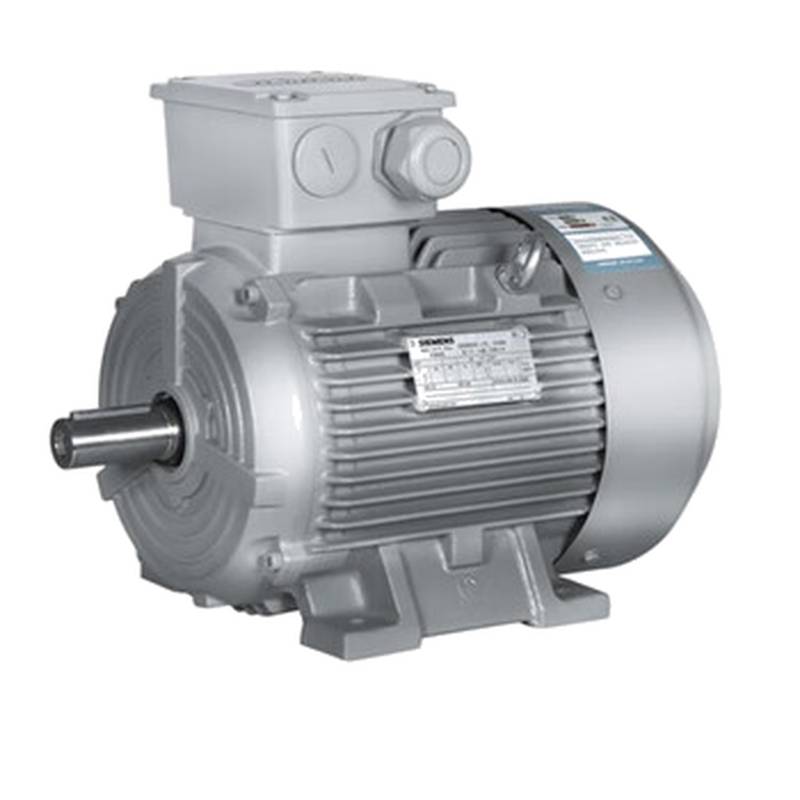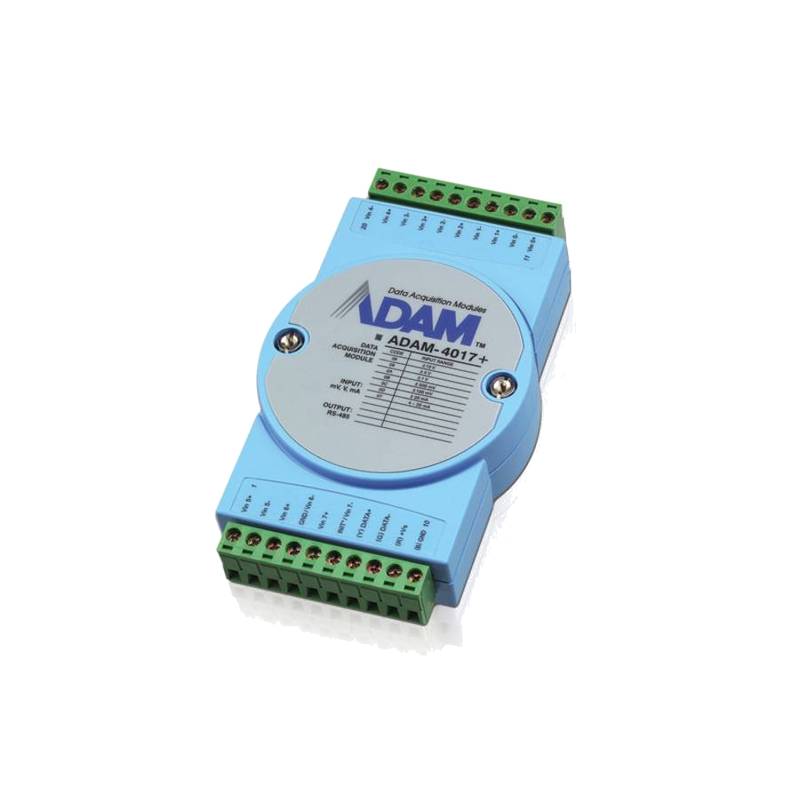
The Delta DVP32ES200RC is a 32-point multi-port relay output PLC main unit designed for robust industrial automation. This compact and versatile programmable logic controller (PLC) offers a compelling blend of performance, reliability, and cost-effectiveness, making it a preferred choice for a wide range of control applications. Its key advantages include a high processing speed, extensive I/O capabilities, and flexible communication options, all housed within a durable industrial-grade chassis. The DVP32ES200RC boasts 32 discrete I/O points, with 16 digital inputs and 16 relay outputs, providing ample capacity for many automation tasks. Technical specifications highlight a 24VDC power supply requirement, a program capacity of 8k steps, and a data register capacity of 5k words, ensuring sufficient resources for complex logic and data handling.
Product Specifications
| Feature | Specification |
| :--------------------- | :------------------------------------------------- |
| Model | DVP32ES200RC |
| Power Supply | 24VDC |
| Digital Inputs | 16 |
| Relay Outputs | 16 |
| Total I/O Points | 32 |
| Program Capacity | 8k Steps |
| Data Register | 5k Words |
| Max. Instruction | 0.5 µs |
| Communication Ports | RS-232, RS-485 |
| Expansion Capability | Yes (up to 256 points) |
| Operating Temperature | 0°C to 55°C |
| Storage Temperature | -20°C to 70°C |
| Dimensions (W x H x D) | 145mm x 90mm x 60mm |
| Mounting | DIN rail or screw mount |
Core Features & Market Positioning
The Delta DVP32ES200RC distinguishes itself in the competitive PLC market through its robust relay output design, offering superior electrical isolation and higher current handling capabilities compared to transistor outputs, which is critical for directly switching inductive loads or mains voltage. Its positioning as a cost-effective yet powerful solution makes it ideal for small to medium-sized automation projects where budget constraints are a factor, without compromising on essential functionality and reliability. The inclusion of dual communication ports (RS-232 and RS-485) enhances its flexibility, enabling seamless integration into existing SCADA systems or communication with various industrial devices like HMIs and variable frequency drives. Industry professionals often commend Delta's DVP series for its ease of programming using the user-friendly WPLSoft software and its proven track record in demanding industrial environments.
Key Application Scenarios
This PLC excels in diverse industrial sectors, finding extensive use in discrete manufacturing processes, such as packaging machinery, material handling systems, and automated assembly lines. For machine builders, the DVP32ES200RC is a go-to choice for controlling standalone machines requiring reliable digital I/O and relay switching for motors, solenoids, and indicators. Its compact size and DIN rail mounting make it perfectly suited for control panels with limited space. Furthermore, in the building automation segment, it can manage HVAC systems, lighting controls, and access control, offering efficient and dependable operational management.
Practical System Integration Guidance
Integrating the Delta DVP32ES200RC into an existing control system is straightforward. The unit requires a stable 24VDC power supply, and wiring for digital inputs should adhere to standard industrial practices, ensuring correct polarity and grounding to prevent signal noise. For the relay outputs, it's crucial to observe the maximum switching voltage and current ratings to avoid premature failure; consult the product manual for specific load compatibility. Programming is typically performed using Delta's WPLSoft software, which supports ladder logic, instruction list, and structured text languages. Basic program examples often involve reading digital inputs to trigger specific relay outputs based on logical conditions, such as starting a conveyor belt when a sensor is activated. Establishing communication via RS-232 or RS-485 involves selecting the correct port in the software and configuring communication parameters (baud rate, parity, data bits) to match the connected peripheral devices.
Operation and Risk Mitigation
Safe operation of the Delta DVP32ES200RC necessitates adherence to electrical safety standards during installation and maintenance. Always ensure power is disconnected before making any wiring changes. The relay outputs provide a degree of isolation, but for high-voltage applications, additional safety measures such as interlocks and proper enclosure grounding are essential. Common operational issues can arise from incorrect wiring, power supply fluctuations, or programming errors. Troubleshooting often involves verifying input signals, checking output states through the PLC's diagnostic LEDs or software monitoring, and reviewing the program logic for faults. While specific error codes are detailed in the product manual, general fault indicators on the PLC unit itself can provide initial clues to system malfunctions.
Scalability & Long-Term Value
The Delta DVP32ES200RC offers significant scalability, allowing for expansion up to 256 I/O points by adding various expansion modules from Delta's DVP series. This capability ensures that the system can grow with evolving production needs without requiring a complete PLC replacement, thus maximizing long-term value. Its compatibility with Delta's broader automation ecosystem, including HMIs and servo drives, facilitates the creation of integrated solutions. For forward-looking applications, the DVP series can be integrated into Industrial Internet of Things (IIoT) architectures through communication modules that enable Ethernet or other industrial network protocols, paving the way for data acquisition, remote monitoring, and advanced analytics.
FAQs
What is the maximum current rating for the relay outputs on the Delta DVP32ES200RC?
The relay outputs on the DVP32ES200RC are typically rated for a maximum switching current of 2A or 3A per point, depending on the specific model variant and continuous load. Always verify this specification in the product's detailed datasheet to ensure compatibility with your intended loads.
Exceeding this current limit can lead to overheating, contact welding, or premature failure of the relay contacts, compromising system reliability. It is good practice to select relays with a capacity at least 50% greater than the continuous load current for longevity.
For loads requiring higher currents, external relays or solid-state relays can be used, controlled by the PLC's existing outputs, thereby protecting the DVP32ES200RC's internal components.
Can the Delta DVP32ES200RC communicate with Modbus devices?
Yes, the Delta DVP32ES200RC supports Modbus communication protocols, primarily through its built-in RS-485 port. This allows it to act as either a Modbus master or slave device in a network. You can integrate it with other PLCs, HMIs, or sensors that support Modbus RTU.
Configuration involves setting the communication parameters within the PLC programming software (WPLSoft) to match the Modbus network's requirements, such as baud rate, parity, and slave ID. This enables seamless data exchange for supervisory control and data acquisition.
Leveraging Modbus connectivity expands the DVP32ES200RC's capabilities significantly, allowing for centralized monitoring and control of distributed industrial equipment across various applications.
How do I reset a fault on the Delta DVP32ES200RC PLC?
Faults on the DVP32ES200RC can typically be reset through software commands within the WPLSoft programming environment or by cycling the power to the unit after the underlying issue has been resolved. Specific fault codes are indicated by the PLC's diagnostic LEDs.
Before attempting a reset, it is crucial to identify and rectify the root cause of the fault to prevent immediate recurrence. Consulting the PLC's user manual for the specific error code will guide you on the appropriate troubleshooting steps.
In some cases, a dedicated "reset" instruction within the PLC program can be implemented to automatically clear minor faults once the condition causing them is no longer present, improving system uptime.
What is the typical programming software used for the Delta DVP32ES200RC?
The primary and most common programming software used for the Delta DVP32ES200RC is Delta's WPLSoft. This versatile software supports multiple programming languages as per the IEC 61131-3 standard, including Ladder Diagram (LD), Instruction List (IL), and Structured Text (ST).
WPLSoft provides a comprehensive environment for writing, debugging, and downloading PLC programs. It also offers features for monitoring PLC I/O status, online debugging, and managing project files, making the development process efficient for engineers.
Users can download the latest version of WPLSoft directly from Delta Electronics' official website, ensuring compatibility with the DVP32ES200RC and access to all the necessary tools for its programming and configuration.
What are the advantages of relay outputs on the DVP32ES200RC compared to transistor outputs?
Relay outputs offer superior electrical isolation between the PLC's internal circuitry and the external load, which is crucial for protecting the PLC from voltage spikes and surges from inductive loads. They can also handle higher current capacities per output point.
Another key advantage is their ability to switch AC and DC loads, as well as higher voltage loads, making them more versatile for various applications. Relay outputs are also generally more robust and have a longer lifespan when switching high-power devices directly.
However, relay outputs have slower switching speeds and a finite mechanical lifespan compared to solid-state transistor outputs, and they can generate electrical noise. For high-speed applications or frequent switching, transistor outputs might be preferred.
Can the Delta DVP32ES200RC be expanded with additional I/O modules?
Yes, the Delta DVP32ES200RC is designed for scalability and can be expanded to accommodate a larger number of I/O points. It supports various expansion modules from Delta's DVP series, allowing you to increase digital inputs, digital outputs, or analog I/O as needed.
The expansion capability allows the PLC to grow with your application's requirements, preventing the need to replace the main unit. This modular approach provides flexibility and cost-effectiveness for users who anticipate future system enhancements.
To expand, simply connect the desired expansion modules to the main unit's expansion interface according to the wiring guidelines provided in the Delta DVP series manuals, and then configure them within the WPLSoft programming software.
What type of power supply is required for the Delta DVP32ES200RC?
The Delta DVP32ES200RC requires a stable 24VDC (Direct Current) power supply for its operation. It is essential to use a regulated power supply unit that can provide the necessary current capacity to power both the PLC and any connected I/O modules.
Ensure the power supply meets the PLC's voltage and current specifications to prevent operational issues or damage. Fluctuations in voltage or inadequate current can lead to unpredictable behavior or system shutdowns.
Proper grounding of the power supply and the PLC unit is also critical for electrical safety and reliable operation, minimizing electrical noise and potential hazards.
How do I connect the Delta DVP32ES200RC to a computer for programming?
Connection for programming is typically achieved using a standard serial communication cable. The DVP32ES200RC features an RS-232 port, which can be used with a compatible serial cable (often a mini-DIN 8-pin to DB9 converter or a direct DB9 serial cable) to connect to the COM port of a PC.
Alternatively, if your PC does not have a serial port, you can use a USB-to-RS232 converter. Once connected, the WPLSoft programming software on your computer will recognize the PLC through the selected COM port after appropriate configuration.
Ensure you have the correct drivers installed for the serial port or USB converter and that the communication parameters (baud rate, parity, etc.) are set correctly in both the PLC and the WPLSoft software to establish communication.
What are the communication protocols supported by the Delta DVP32ES200RC?
The Delta DVP32ES200RC natively supports RS-232 and RS-485 serial communication protocols. These are commonly used for direct communication with devices like HMIs, barcode scanners, and other industrial equipment.
It also supports the widely adopted Modbus RTU protocol over its RS-485 interface, enabling integration into larger industrial networks for data exchange and supervisory control. This makes it compatible with a vast array of third-party devices and SCADA systems.
For Ethernet communication, optional communication modules can be added to the DVP32ES200RC, allowing it to participate in industrial Ethernet networks such as Modbus TCP/IP or Ethernet/IP, enhancing its connectivity for IIoT applications.
What is the program memory and data storage capacity of the DVP32ES200RC?
The DVP32ES200RC is equipped with 8k steps of program memory, providing ample space for developing complex control logic and sequences for various industrial applications. This capacity is sufficient for most standard machine control tasks.
It also offers 5k words of data register memory, which is used for storing variable data, status information, timers, counters, and other operational parameters. This allows for flexible data manipulation and management within the PLC program.
The substantial program and data memory capacities ensure that the DVP32ES200RC can handle sophisticated automation requirements and store necessary operational data efficiently.

























